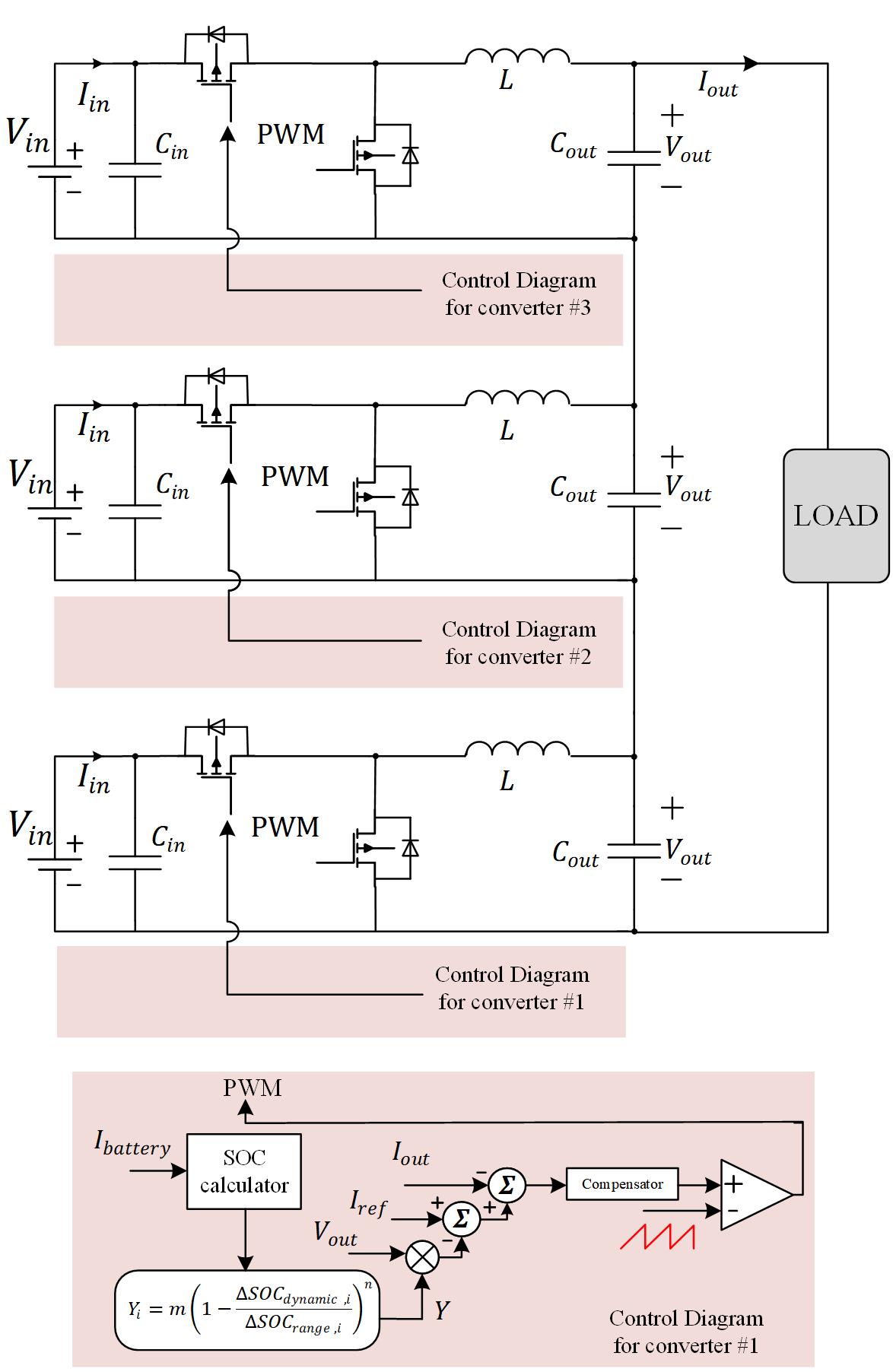Battery Management System
Figure 1. Eletric Vehicle Battery Pack
Batteries have played a prominent and consistent role in the electric vehicles (EVs) industry. EV battery packs are composed of a large number of cells connected in series and parallel configurations which entail higher risks in terms of reliability and safety.
Depending on the cell chemistry, there are thermal and voltage constraints that need to be accounted for during the design of battery modules. Moreover, factors such as the self-discharge rates and the internal impedances of the individual battery cells may vary from one cell to another due to manufacturing imperfections and aging impacts.
In such a scenario, over-charging of battery cells can cause system failures while deep discharging can cause heating issues that deteriorate the battery life span.
The sensitive operation of high capacity battery systems necessitates some charge equalization mechanism as a part of the device's battery management system (BMS).
Numerous schemes have been put forward on this front and they can be categorized as dissipative and non-dissipative equalizers as shown in Figure 2.

Figure 2. Present Equalizer Schemes: (a) Shunt resistor (Dissipative). (b) Switched Capacitor type. (c) Buck-Boost Converter type. (d) Isolated DC-DC Converter type.
In BMS research at SJSU, two concepts are under investigation:
- The design and implementation of resonant switched capacitor converters in advanced battery management systems as shown in Figure 3. This converter stems from the switched capacitor concept that decreases the cost and size compared to the conventional DC/DC converter systems. However, switched capacitor converters suffers from high inrush current that is mitigated in this design.
![Resonant Capacitor Converters in BMS [Yuanmao et al.]. Resonant Capacitor Converters in BMS [Yuanmao et al.].](/people/mohamed.badawy/research/electric-vehicles/On-Board_Power_Electronic_Architectures/bms/Battery%20Management%20System%203.jpg)
Figure 3. Resonant Capacitor Converters in BMS [Yuanmao et al].
- The reliance on communication-less protocols in BMS to increase the system reliability. This can be achieved through the adoption of novel control techniques such as the duality of droop control as shown in Figure 4.

Figure 4. (a) Power circuit of the developed BMS. (b) Control circuit of the developed BMS.